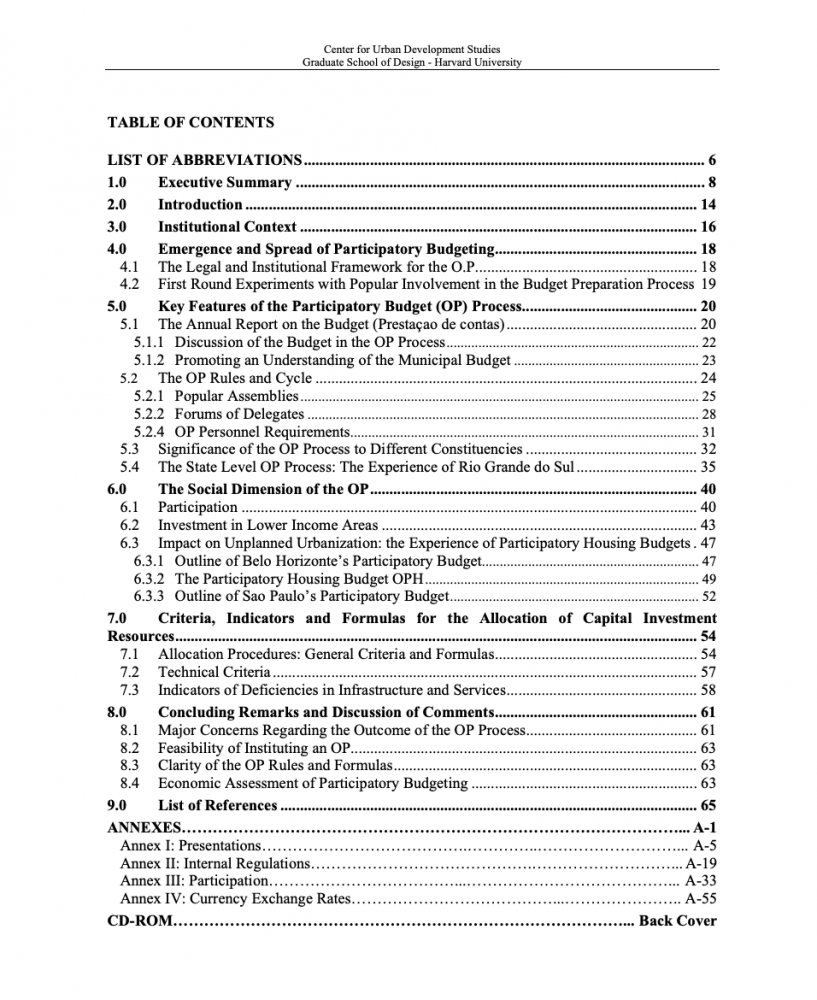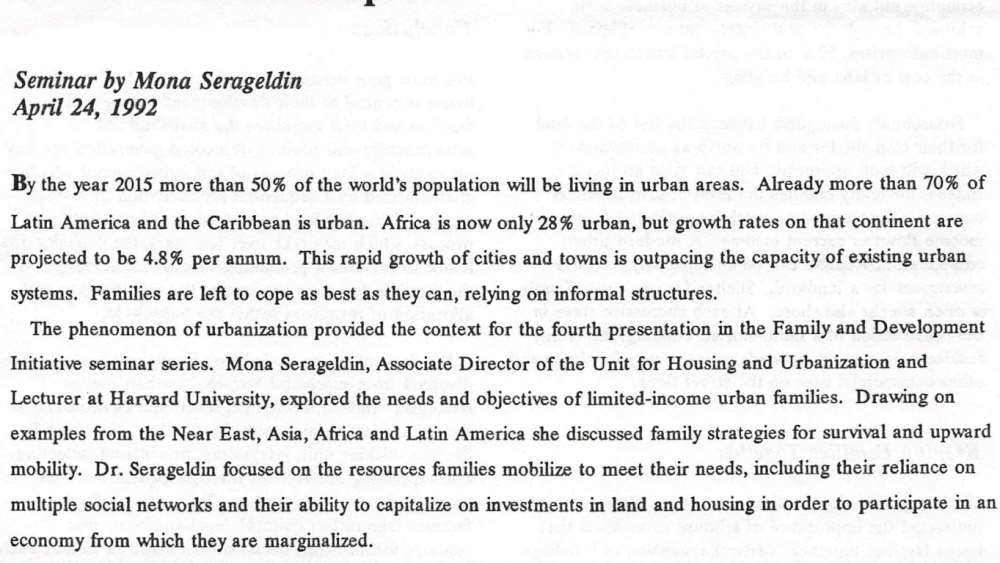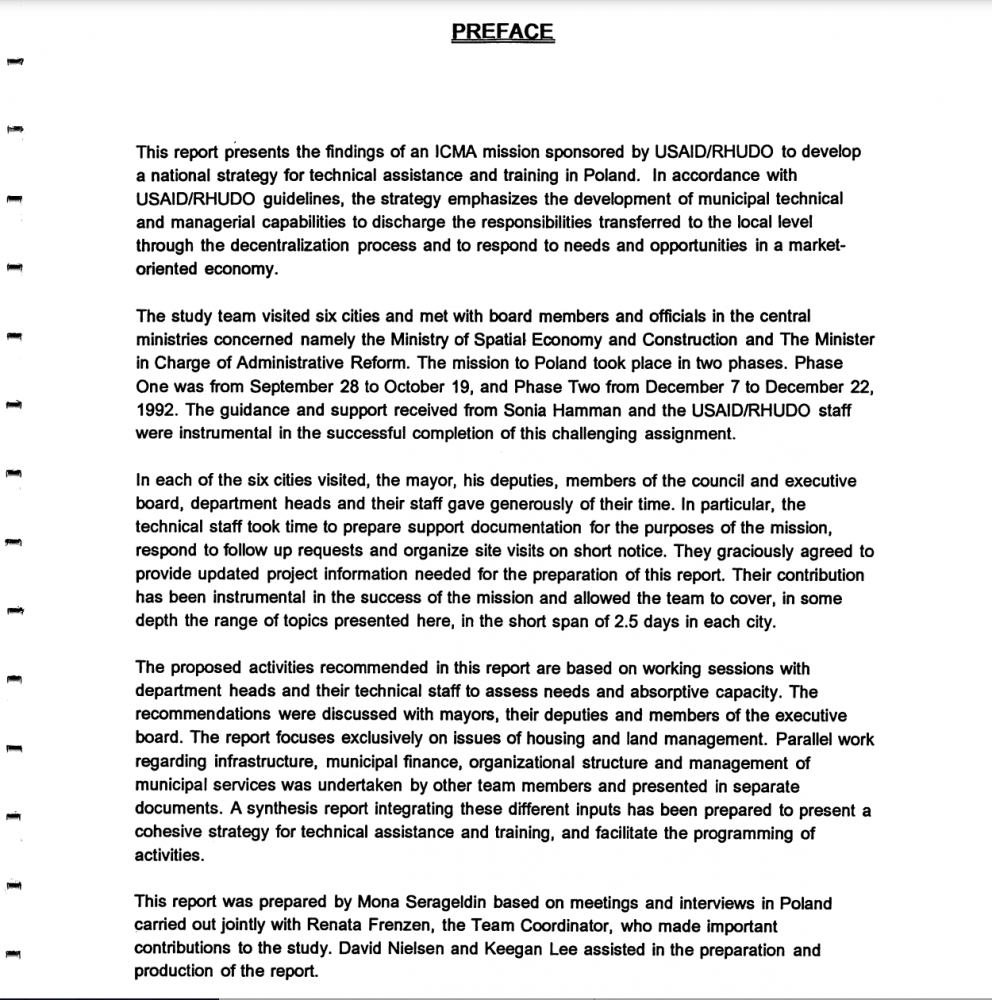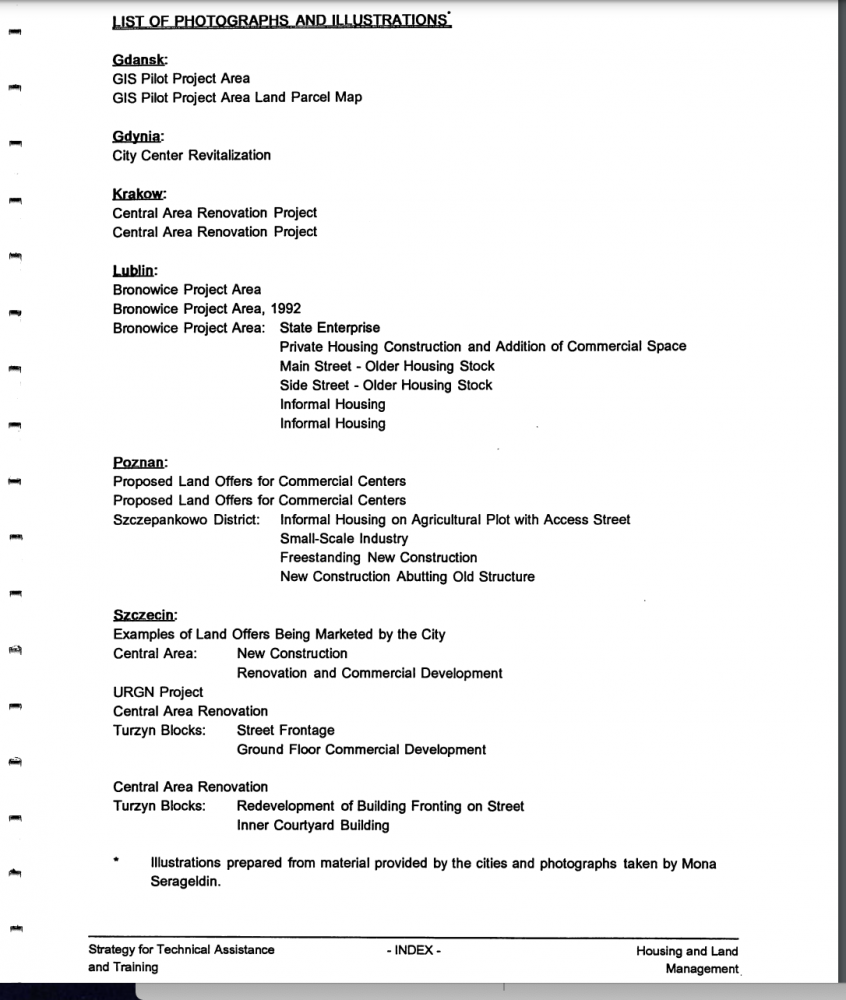[Excerpt, Chapter 6, Paper B, The Urban Operational Perspective. “Introduction to the Course Background,” for “Urban Infrastructure, Planning and Programming in Developing Countries, p. 1.1]
“Virtually without exception in the cities and towns of the developing world, the ability to plan, finance and implement urban development programs and infrastructure programs in particular, is in a state of crisis. Severe deficiencies exist and are growing in nearly all sub-sectors. Explosive population growth, partly through immigration from rural areas and in the cases of the largest cities, natural growth, have placed pressures on city authorities for increased services. For instance, the population of the urban areas in developing countries is likely to grow by 1 billion over the next two decades. Simultaneously with growth to date, the state of existing services has universally deteriorated.”
“At the same time the governments in these countries are trying valiantly to cope with what are prime concerns; large and growing unemployment and under employment, and raised expectations by their peoples of access to minimum basic needs in water supply, shelter, etc. These pressures though countrywide, are visibly focused in the urban areas, and thus influence political, administrative, financial, and economic decisions, not always in a coherent or rational manner.”
“Urbanization involves costs to the public sector which amount to large shares of total public spending. Dense human settlement requires levels of servicing – for health reasons, if no other – which are not as essential elsewhere. Rising incomes increase demands for water, electricity, road space, telephones are similar public services. Expectations for urban amenities and appearances are high, and the costs of providing them are also high. Growth of the larger cities often involves diseconomies of scale – longer pumping distances for water and traveling distances for commuters, for example. In some of the largest metropolitan areas, geographical shape and terrain accentuate the costs of growth: Bangkok, Bombay and Mexico City come to mind. Soaring land prices add to the costs of private and public sector development.”





